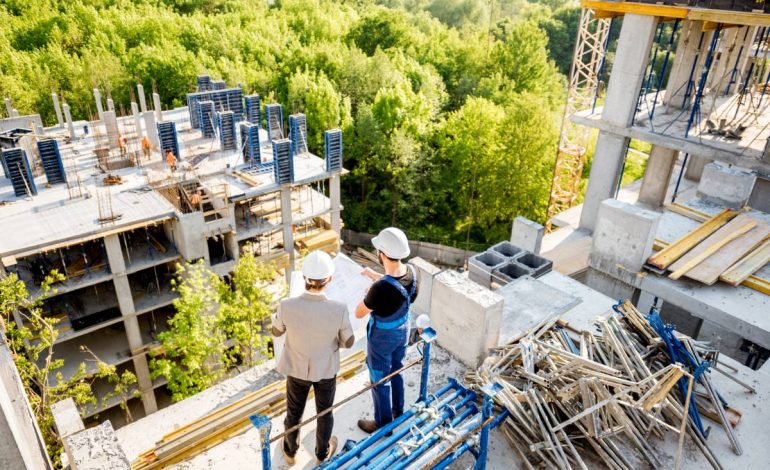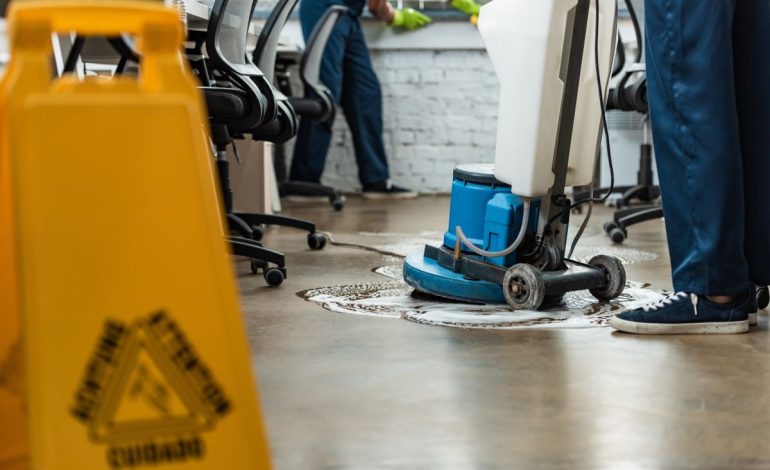Fall prevention and protection are essential in a wide variety of industries to ensure the safety of workers who must perform certain tasks at great heights. Thus, understanding how to assess fall risk is crucial for maintaining a safe working environment.
In this article, we are going to dive into the process of assessing fall risk, the key components of fall protection systems, the meaning of ABCDE in working at heights, the type of jobs that typically require a ‘Working at Heights’ certification, and what you can expect from a Working at Heights training course.
If you have never been especially scared of heights and relish a challenge, read on and we’ll tell you everything you need to know…
How Do You Assess Fall Risk?
So, what is meant by ‘assessing fall risk’ and how does one go about it? Here’s what you need to know:
- Assessing fall risk involves identifying potential hazards and evaluating the likelihood and severity of falls in a specific working environment.
- Factors to consider when assessing fall risk include the nature of the work being performed, the height involved, the condition of equipment and infrastructure, and the competency and training of workers.
- Conducting a comprehensive risk assessment helps identify areas where additional safety measures or fall protection systems may be necessary.
- Regular inspections, hazard identification, and employee feedback are critical in maintaining an accurate assessment of fall risk.
This is true even when working at a slightly elevated height. Just because an employee might be able to jump down and land safely enough, a slip at any height can be dangerous – if not deadly.
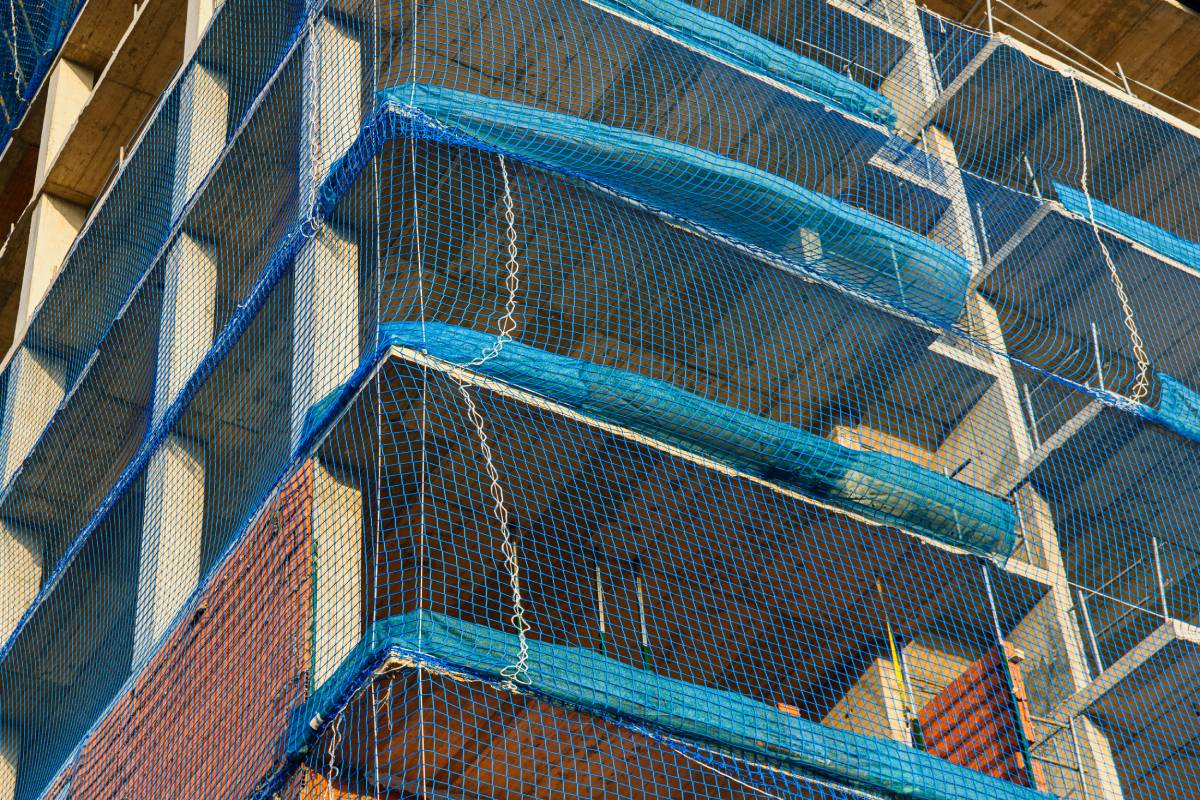
What Are the Components of Fall Protection?
Fall protection systems typically consist of multiple factors designed to prevent or mitigate height and fall-related accidents. These components include:
- Guardrails and barriers to prevent falls from unprotected edges or openings.
- Safety nets to catch workers in the event of a fall (or falling debris/tools to protect workers and pedestrians below).
- Personal fall arrest systems (PFAS) comprising harnesses, lanyards, and anchor points.
- Fall restraint systems that prevent workers from reaching an unprotected edge or fall hazard.
- Warning signs and labels to alert workers to potential fall hazards.
- Training programs to educate workers on fall prevention, safe work practices, and the proper use of fall protection equipment.
What Does ABCDE Stand for in Working at Heights?
When working in any industry, you’ll always come across a multitude of cheesy acronyms when learning about health & safety. Fortunately, the acronym chosen for working at heights is both incredibly easy to remember and vital for remaining safe on the job; “ABCDE”.
- Anchorages: Anchorages are points where you can securely attach your fall protection equipment. These can include fixed structures like beams or approved anchor points specifically designed for fall protection. It’s important to ensure that the anchorages you use are strong and properly rated to handle the forces generated during a fall.
- Body Support: Body support refers to the equipment that helps distribute the forces of a fall across your body. This typically includes harnesses that fit around your shoulders, chest, and legs. It’s crucial to choose a properly fitted harness that provides comfort and allows freedom of movement while ensuring that it will keep you securely attached to your fall protection system.
- Connectors: Connectors are the components that link your body support system to the anchorages. They can include lanyards, lifelines, and self-retracting lifelines. It’s essential to select connectors that are appropriate for the task at hand, considering factors such as length, strength, and the type of connection required.
- Descent/Rescue: If you’re working at heights, it’s important to have a plan in place for safely descending or rescuing someone in case of a fall. This may involve equipment like descent devices or rescue systems. Having the right equipment and knowing how to use it properly can be life-saving in an emergency situation.
- Education: Education plays a crucial role in working at heights safely. It’s essential to receive proper training and education on fall protection systems, equipment usage, hazard identification, and safe work practices. Understanding the risks and knowing how to mitigate them is key to preventing accidents.
For inspiration, and to further emphasise the importance of knowing how to work safely at heights, check out this awesome story about an electrician saving his colleague’s life by performing CPR halfway up a utility pole; “The Kiss of Life”.
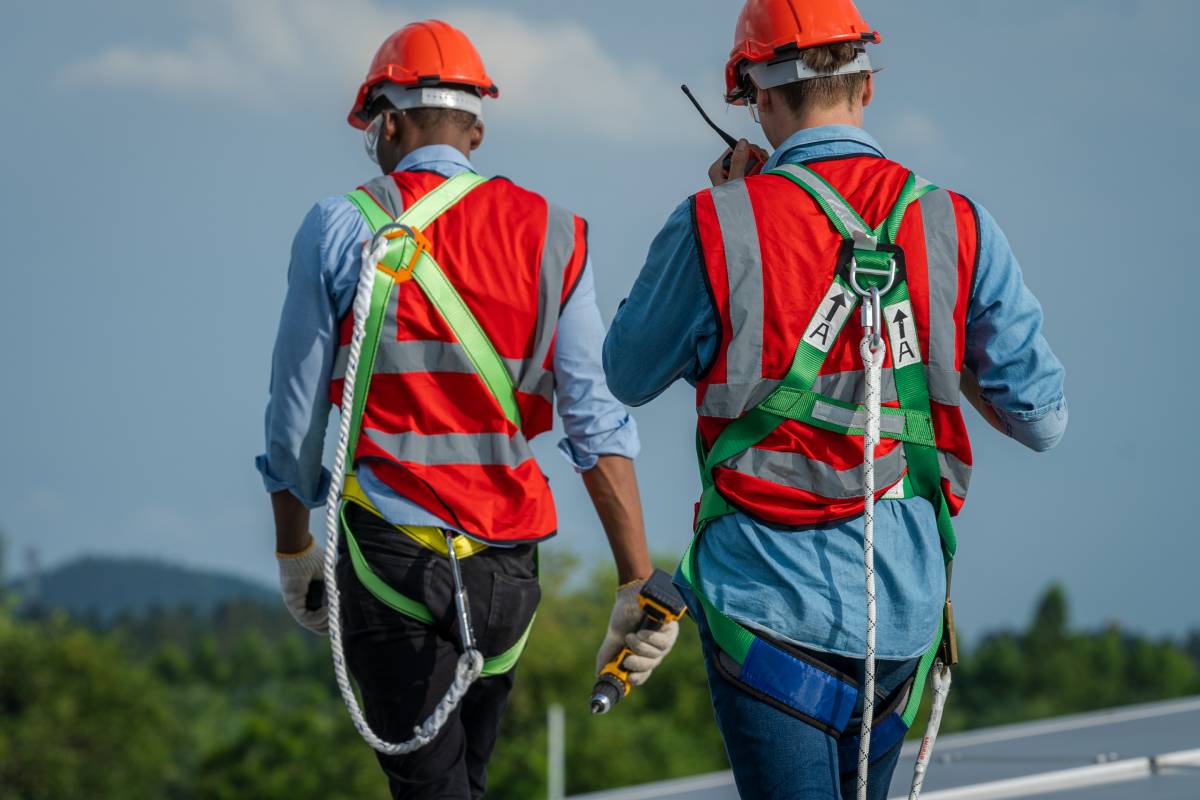
What Type of Jobs Require You to Have a ‘Working at Heights’ Certification?
Jobs that involve working at heights or performing tasks in elevated areas often require workers to have a ‘Working at Heights’ certification. Some examples of occupations that may require this certification include:
- Construction workers involved in roofing, scaffolding, or elevated platform work.
- Window cleaners.
- Telecommunication tower technicians.
- Arborists and tree climbers.
- Window / commercial cleaning.
- Industrial maintenance workers.
- Firefighters and emergency rescue personnel.
Do You Get Paid More Money for Working at Heights in Australia?
I know what you’re thinking; will you get paid more when working at heights? Here’s what you need to know:
- Whether you receive additional pay for working at heights in Australia depends on several factors, including the industry, employer policies, and specific job requirements.
- Some industries, such as construction or telecommunications, may offer higher wages for workers who perform tasks at heights due to the associated risks and skills required.
- It is advisable to consult industry-specific awards, employment contracts, or union agreements to determine if you are eligible for higher compensation when working at heights.
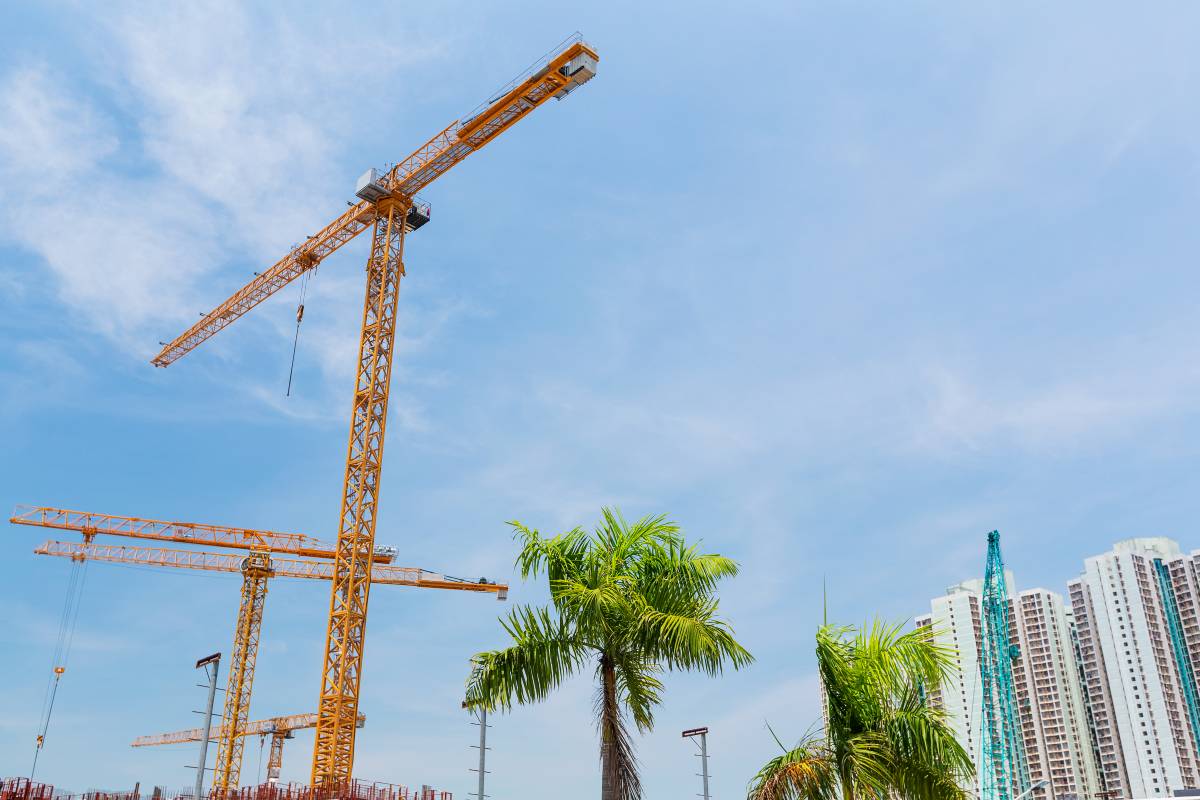
What Is Generally Involved in a Working at Heights Course? What Can I Expect to Learn?
A Working at Heights course provides participants with the necessary knowledge and skills to work safely at elevated heights. The exact ins and outs may vary depending on a number of factors. To give you a rough idea, when taking part in a working at heights course on the Sunshine Coast you can expect to learn the following:
- Identifying and assessing fall hazards.
- Understanding relevant legislation, regulations, and industry standards.
- Selecting and using appropriate fall protection equipment.
- Conducting pre-use inspections of equipment.
- Safe work practices and emergency procedures.
- Rescue procedures for suspended workers.
- Participants can expect a combination of theoretical instruction, practical demonstrations, and hands-on exercises to reinforce their understanding and competency in working at heights.
Conclusion
Make no mistake, working from heights is dangerous and if you are to ensure the health & safety of both yourself and those working with and around you, completing a ‘Working from heights’ course will be an essentiality.
We hope that this article has given you a better idea of what to expect and wish you the best of luck with your future career progression.
Thanks for reading!

